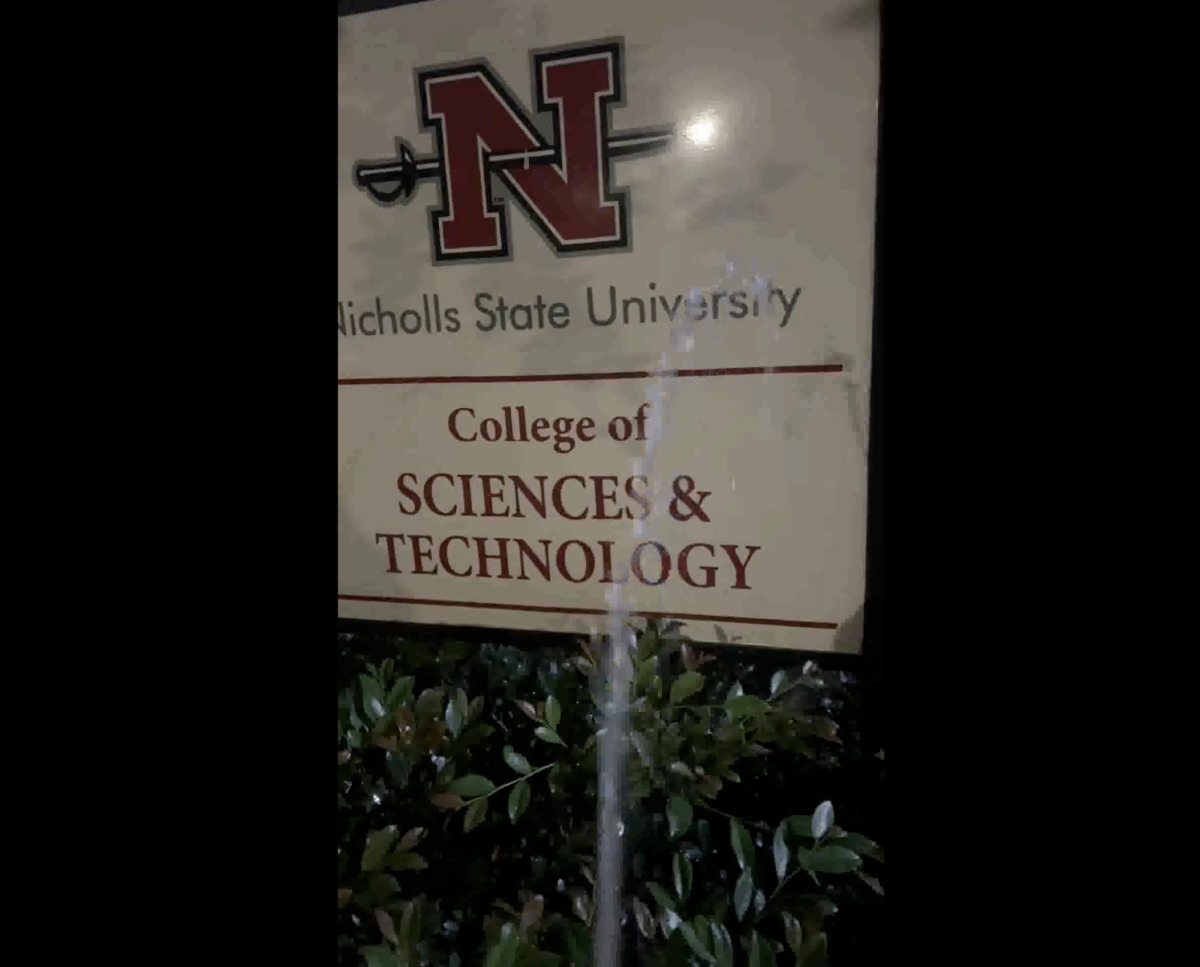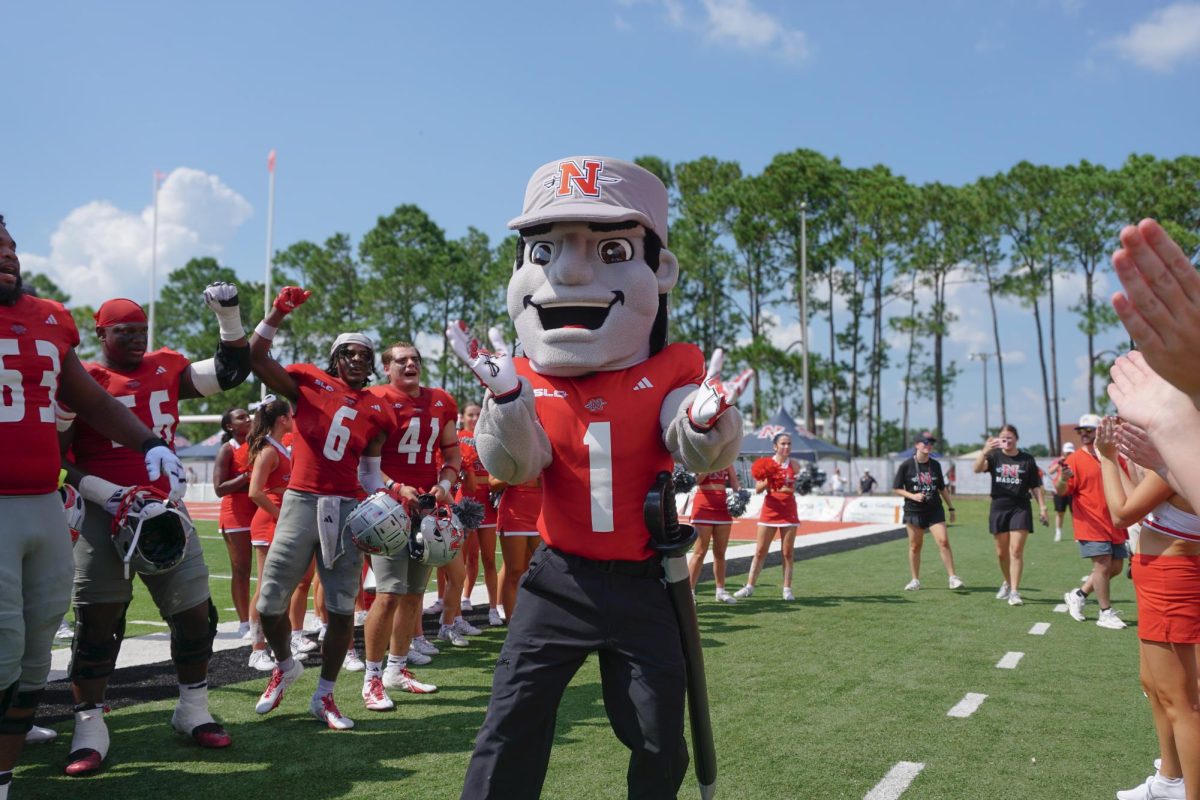This week you’re back on campus, and as the New Year starts you’re a new person. Everything around you is looking great: Cherry trees are blossoming in Washington, the Saints are still winning, parish trustees have repainted your favorite campus parking lot, and you’re ready for the new year equipped with new resolutions. Your canvas is fresh; your palette is spackled with new dabs of color, and you’re ready to brush fresh strokes. The trouble with this portrait is like each year of your conscientious life so far, your resolutions will soon escape realism, fade into impressionism and become nothing more than mere symbolism. Studies show that 75 percent of the resolutions made by the average American are forgotten and forsaken by the end of the first week of the year. Never satisfied with being average, U.S. college students have apparently resolved to contribute their own statistic-nearly 90 percent. Chances are your canvas will remain bare, your palette will soon dry and encrust and your resolutions will be as memorable as eyebrows on the Mona Lisa.
There’d be no guilt or sense of failure if there were no resolutions to forget in the first place. Who invented resolutioning, anyway? Blame Rome. It was Julius Caesar who put Janus, the god of gates and entrances at the top of his new Julian calendar. Because Janus bore two faces, he could glimpse both forward and backward in time simultaneously. Roman citizens followed suit, reflecting on their lives for the past 365.25 days and vowing to improve during the next. Soon, the army chimed in, asking their past enemies for forgiveness and inaugurating campaigns to pillage new ones.
Of course, just like most resolutions, Rome kept neither Caesar nor its enemies’ forgiveness for long. You’d figure after 2000 years someone somewhere could figure out a way to keep resolutions. Maybe it could be like probation, and then only if you kept your resolutions for a year would the sheriff remove the ankle bracelet. Maybe we could try resolutions for a while and then some bookstore could hold a buyback week.This would make sense, since most resolutions are “used” anyway.
As I write this week I’m high in the sky, traveling from California to D.C., and, between electronic dings to stop using electronic devices, I’m reflecting on a number of recent travel experiences that might serve to help you stick to your resolutions. For instance, the $25 I paid for having an overweight suitcase might remind you to stick to your resolution to lose weight-the number one resolution in America. You might enter into an agreement to pay your roommate such a $25 fine each time you pig out or neglect to exercise. Soon you’ll be out of food and out of money-a great way to effectuate that popular resolution.
Other air travel images might help you stick to resolutions. The snow-capped mountains outside the plane window might remind you to resolve to be kind and understanding to your elder professors. These grand uprisings of the academic strata may not understand why you scheduled classes besides theirs, why you work 39 hours per week, or why you dutifully walk away from the chalk stick and out of the classroom when they send you to Blackboard. But, despite the wrinkled foothills, the peaks of these insurmountables are still sharp, so giving a bit of understanding may eventually become a bit returned.
The occasional turbulence on the flight might remind you to resolve to eat properly. Remember, despite being “America’s Favorite,” Armour-Star Potted Meat is not a complete and well-balanced meal. Stir in a few whole-grain Cheerios, and you have a quick, easy meal that keeps your resolution intact.
The cheesy but cheese-less, 0.23-ounce pouch of in-flight pretzel snacks for which you now must pay $1 might remind you that in college nothing is free. Nothing costs just $1, either. So resolve to make every dollar count. Studying, hard work, a fresh printer cartridge and practiced groveling are what feed your ultimate collegiate goal-which might remind you to resolve to make that goal timely graduation.
And if you haven’t even made resolutions yet, don’t despair. New Year’s has only been on Jan. 1 since the 16th century, when Pope Gregory XIII revised the Julian calendar, removing the face of Janus and selling the space for local advertising. Before then, it had been March 25th. So, if you go by the Middle Ages calendars, which, like 2006-07 planners must be discounted by now, you’ve still got time. Of course, if you can’t force yourself to make the Jan. 1 deadline, then you’ve just contributed to improving the rank of the number two most popular resolution in America.
So, take a recent event in your life like air travel and use the experiences and images as reinformcements for good resolutions. People who explicitly make resolutions are 10 times more likely to attain their goals than people who don’t explicitly make resolutions.
Finally, and most importantly: resolve to read and learn from everything in front of you. That may be, like it was for me when I read the brain teasers in the airline magazine, the only chance you’ll get to learn important information like the absence of eyebrows on the Mona Lisa.
You are now free to move about the campus.








